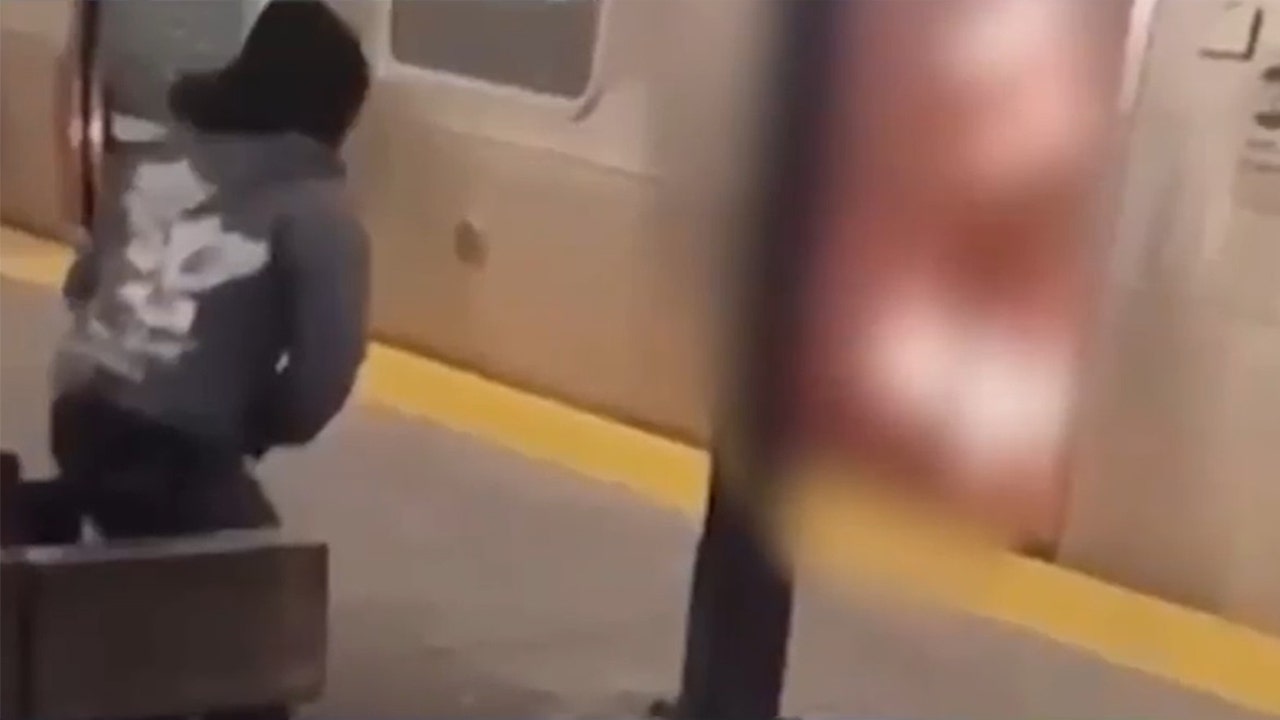New York City congestion pricing compounds subway crime fears

As more workers begin to return to offices in New York City after the pandemic, Democrats are implementing policies to encourage people to take the subway rather than drive. One such policy is the new congestion fee on cars and trucks entering certain parts of Manhattan, which aims to reduce exhaust fumes and raise funds for the Metropolitan Transportation Authority.
The fee, which costs drivers $9 to travel south of Central Park or enter downtown Manhattan from Brooklyn or New Jersey, has been met with criticism as a driving tax on the middle class and businesses. Staten Island artist Scott LoBaido recently protested the move at 61st Street and Broadway, where supporters of the new fees had gathered to celebrate their implementation. Despite some support for the fees due to their potential environmental benefits, LoBaido expressed concerns about safety in the subway system.
Recent incidents, such as the case of an illegal immigrant from Guatemala accused of setting a woman on fire while she slept on a subway train, have raised alarm about the safety of the subway system. Other incidents, including random slashings and fatal shoving attacks, have added to the fear of violence among commuters. While authorities claim that crime is down overall, there has been an increase in felony assaults and subway homicides.
Mayor Eric Adams has promised to increase police presence in the subway system, and Governor Hochul even sent in the National Guard last year. However, concerns about safety persist, with some questioning the reassurances from officials. Despite claims that the subways are safe, high-profile incidents have continued to shake public confidence in the system.
In the midst of these safety concerns, the implementation of the congestion fee has sparked further controversy. LoBaido compared the fee to the Boston Tea Party, criticizing it as an unjust burden on the middle class. As debates continue over the efficacy of the fee and the safety of the subway system, New Yorkers are left grappling with the challenges of returning to public transportation in a post-pandemic world.




